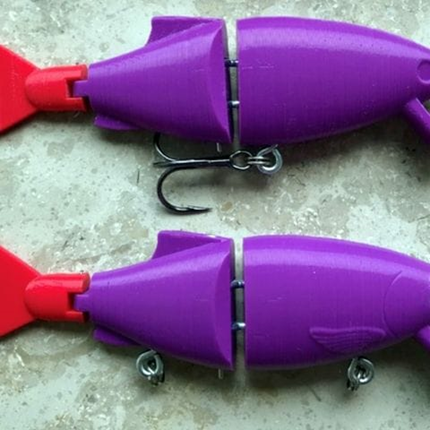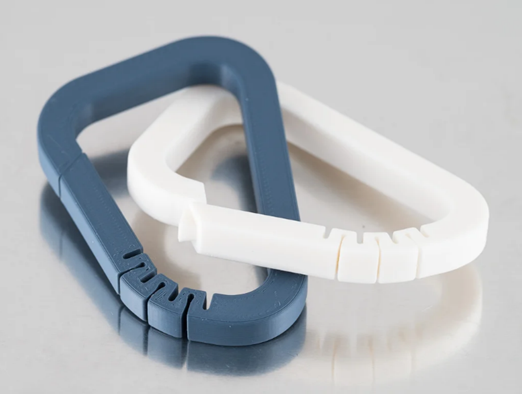
Charles R. Goulding and Preeti Sulibhavi write about four of the most popular outdoor recreational activities and some of their 3D printing applications.
This summer, people can’t wait to get outside and have some fun. Let’s take a look at four ways 3D printing can come into play in the great outdoors.
Fishing
In keeping with the theme of the great Ella Fitzgerald song, “Summertime,” we will start with fishing because the “Fish are Jumping.” Whether you are fly-fishing or traditional fishing, summertime is often associated with this activity. Fishing requires patience and is often a great activity for bonding time. A lot of fishing accessories can be 3D printed as well.

Boating
Staying in the water we are now off to boating. Today’s fiberglass boats have a long useful life but the engines and equipment intense interiors have lots of ready-wear parts and components that constantly need replacing. 3D printing can be the solution boating enthusiasts are looking for when they need quick, inexpensive, lightweight yet durable replacement parts.
According to the New York Times June 19, 2021 article titled, “Why You’re More Likely to Miss the Boat:
“Sales of boats smaller than 50 feet are up by 27% from 2019 and 35% over last year. Sales of larger yachts have increased as well, with yachts larger than 150 feet up 62% from last year and 47% from 2019.”
Camping
Camping has become very popular during the pandemic and former city-dwellers are now closer than ever to the roads leading to camping trails. Camping paraphernalia can be excellent items for 3D printers to fabricate. And the lightweight yet durable nature of 3D printed parts makes them an even better option for campers to use.

Golf
Golf is a great sport that can benefit from a wide range of 3D printed equipment. Golf Datatech this past January reported that total rounds of golf played in the United States in 2020 were up 13.9% over 2019, largely due to golfers seeking recreational opportunities during the COVID-19 pandemic.
That annual increase in rounds set a record for percentage increase since Golf Datatech started tracking rounds played in 1998. The previous record had been a 5.7% surge in rounds played in 2012. Retail sales of golf equipment also surged in 2020, Golf Datatech reported, with $2.81 billion in revenue. That was a 10.1% increase over 2019.
In June 2020, Cobra Golf signed a deal with HP, Inc to 3D print some for their new products. Some golf accessories to consider 3D printing, instead of traditional fabrication techniques include clubs (or their components), pushcarts, tees, ball markers, belt clips, and the golf balls themselves.
The Research & Development Tax Credit
The now permanent Research and Development (R&D) Tax Credit is available for companies developing new or improved products, processes and/or software.
3D printing can help boost a company’s R&D Tax Credits. Wages for technical employees creating, testing and revising 3D printed prototypes can be included as a percentange of eligible time spent for the R&D Tax Credit. Similarly, when used as a method of improving a process, time spent integrating 3D printing hardware and software counts as an eligible activity. Lastly, when used for modeling and preproduction, the costs of filaments consumed during the development process may also be recovered.
As of 2016, eligible startup businesses can use the R&D Tax Credit against $250,000 per year in payroll taxes.
Whether it is used for creating and testing prototypes or for final production, 3D printing is a great indicator that R&D Credit eligible activities are taking place. Companies implementing this technology at any point should consider taking advantage of R&D Tax Credits.
Conclusion
It’s summertime and the time for the great outdoors is finally upon us. Why not use 3D printing to enhance the summertime activities that we will be engaging in?
